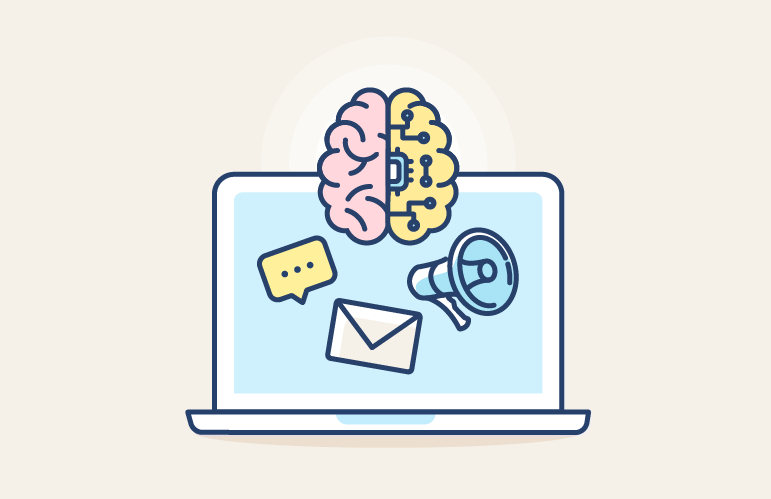How understanding cognitive neuroscience can influence your marketing


Catégorie : Tendances marché
With Artificial Intelligence being at the core of Splio’ technology, what better way to open the 2019 Tinyworld user conference than with a fascinating exploration of the brain and the nature of human influence. Cognitive neuroscientist Dr. Tali Sharot captivated the audience of 200+ marketers with an insightful look at how the mind works, the power of stories and the positive ways human behavior can be influenced – topics that are naturally relatable to a roomful of marketers.
Dr. Sharot started off by highlighting the powerful, age-old role of stories as a force for influence. As she explained, this stems from humans’ evolutionary need to learn from a limited number of examples. By contrast, learning from data is a much more recent development in human history. While using data to influence is important, it doesn’t elicit emotion the way stories do, and doesn’t have the same power of persuasion.
Marketers should be using data to inform their strategy and understand their customers’ needs, but when speaking to consumers through channels like email, push or Facebook, crafting an experience and a story works better than using pure figures.
Read on to discover actionable insights that marketers can use to create a better campaign experience.
As marketers, we all know that creating a relevant experience is important in every campaign we run – and it’s always nice to hear a cognitive neuroscientist back us up! Referring to her years of research, Dr. Sharot explored some of the different ways in which humans are susceptible to influence, and how these principles can be used to drive desires and decisions:
Using common ground: this involves leading an argument or message with information that people agree on (a common belief or motivation) as opposed to a subject of controversy.
Highlighting opportunities for progress (vs. decline): this reflects the scientific finding that people are more receptive to information that’s seen as an improvement over their initial belief. The brain encodes good news better than bad news (“optimism bias”), so for persuasion purposes, it’s better to frame messages in a positive light.
Offering immediate rewards: this requires a clear relationship between an action and the resulting reward. It also reflects the concept of “temporal discount”: the human preference for a reward right away (vs. later). Studies have shown that triggering an expectation for something good enhances the likelihood of action.
Using social incentives: research indicates that people are swayed by others’ actions and opinions, and real-life examples confirm that highlighting the positive actions of others is an effective influence strategy.
Expanding people’s agency: scientific studies show that giving people a sense of control enhances their motivation, whether the choice involves a holiday destination, or how tax revenues are spent.
Also, the act of choosing can alter a person’s preference; once they’ve made a decision, people tend to favor the chosen option.
Personalizing: this involves adapting a message according to the context and attributes of different individuals (“state and trait”). Factors like stress and age, for example, play a significant part in how information is processed.
If there’s a common denominator to the influence factors explored in Dr. Sharot’s talk, it’s that they all require a keen understanding of the needs and wants of those you’re looking to persuade. From a marketing standpoint, this means going beyond putting your customers into large pre-defined segments, towards a deeper and more nuanced sense of each customer for each message.
Besides being fascinating, these findings offer a wealth of valuable insights for any marketer’s strategy. They can be incorporated into any campaign, factoring into any number of key decisions:
These are a lot of factors to take into account when crafting a message and a campaign strategy. At Splio, we’re augmenting marketers with AI so that they can concentrate on speaking to their customers, while the solution helps to find the best topics, audiences and campaign plan.
Get started with augmenting your campaigns with AI